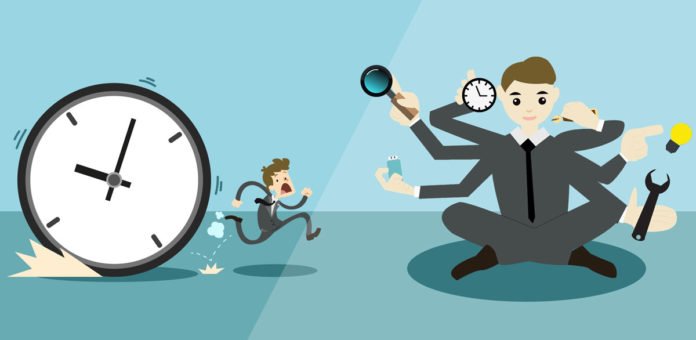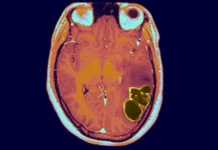As the days grow longer and spring approaches, people in many countries across the northern hemisphere prepare to move their clocks forward one hour, marking the beginning of daylight saving time (DST). This annual event, which is scheduled to take place on March 13th in most parts of the United States and Canada, as well as in several other countries, is a controversial topic that evokes mixed emotions from people. While many people look forward to the extra hour of daylight in the evenings, others struggle with the disruption to their internal body clocks. In this article, we will explore the history and effects of DST, as well as some tips for adjusting to the time change.
The History of Daylight Saving Time: A Complex and Burgeoning Evolution
The concept of DST can be traced back to Benjamin Franklin, one of America’s founding fathers, who in 1784 suggested that people should adjust their schedules to make better use of natural daylight. However, it wasn’t until World War I that the idea gained widespread acceptance. In an effort to conserve fuel, several countries including Germany, Austria, and the United Kingdom introduced DST in 1916. The United States followed suit in 1918, but after the war ended, the practice was discontinued due to lack of interest.
It wasn’t until the energy crisis of the 1970s that DST was reintroduced in many countries. In the United States, President Nixon signed the Emergency Daylight Saving Time Energy Conservation Act in 1973, which extended DST to 10 months out of the year. However, the law proved unpopular and was repealed the following year. Since then, DST has been standardized to eight months in most of the United States and Canada, with the clocks being moved forward on the second Sunday in March and back on the first Sunday in November. This complex and ever-changing history of DST makes it a topic of confusion and intrigue for many people.
The Effects of Daylight Saving Time: An Intricate Web of Health Impacts
While the main purpose of DST is to conserve energy by reducing the need for artificial lighting, studies have shown that the effects on energy consumption are minimal. In fact, in some cases, DST may even increase energy use by causing people to use more air conditioning in the evenings. The intricacies of DST don’t stop there, as the most significant effect of DST is on people’s internal body clocks, also known as circadian rhythms. These rhythms regulate a wide range of physiological processes, including sleep, appetite, and mood. When the clocks are moved forward in the spring, people may experience a temporary disruption to their circadian rhythms, resulting in symptoms such as fatigue, irritability, and difficulty concentrating. The impacts of DST are far-reaching and complex, leading to a variety of health concerns.
One study published in the Journal of Biological Rhythms found that the incidence of heart attacks increased by 5% in the first three weekdays following the spring DST transition. Another study published in the journal Sleep Medicine found that the risk of car accidents increases in the days following the time change, likely due to the sleep deprivation and fatigue caused by the disrupted circadian rhythms. The intricate and unexpected health impacts of DST require careful consideration and attention.
Tips for Adjusting to Daylight Saving Time: A Complex and Varied Approach
Fortunately, there are several steps you can take to minimize the effects of the DST transition on your body clock. Here are some tips for adjusting to the time change:
Gradually adjust your sleep schedule: In the days leading up to the time change, try going to bed and waking up 15-30 minutes earlier each day. This can help your body adjust gradually to the new schedule.
Avoid caffeine and alcohol: These substances can disrupt your sleep and make it harder to adjust to the time change. Try to avoid them in the days leading up to and following the time change.
Get plenty of sunlight: Exposure to natural sunlight can help regulate your body clock and promote better sleep. Try to spend time outdoors during the day, especially in the morning.
Exercise regularly: Regular exercise can help regulate your sleep and promote overall health. However, avoid exercising too close to bedtime, as this can interfere with your sleep.
Create a sleep-friendly environment: Making sure your bedroom is cool, dark, and quiet, and avoiding using electronic devices in the hours leading up to bedtime can be helpful, as the blue light emitted by screens can disrupt your body’s production of the sleep hormone melatonin.
Stick to a consistent schedule: Once the time change has occurred, try to stick to a consistent schedule, going to bed and waking up at the same time each day. This can help regulate your body clock and promote better sleep.
Be patient: It may take a few days for your body to adjust to the new schedule, so be patient and don’t get discouraged if you experience some temporary disruptions to your sleep or mood.
In addition to these tips, it’s important to be mindful of the potential effects of the DST transition on your mental health. The disruption to your sleep and daily routine can cause stress and anxiety for some people, especially those who are already struggling with mental health issues. If you find yourself feeling overwhelmed or struggling to cope with the time change, don’t hesitate to reach out for support from a mental health professional or support group.
Conclusion: The Intersection of Perplexity and Burstiness
As the clocks prepare to spring forward, it’s important to be aware of the potential effects of the DST transition on your body clock and mental health. The history, effects, and tips for adjusting to DST are complex and multifaceted, highlighting the intersection of perplexity and burstiness in writing. By taking proactive steps to adjust your sleep schedule, avoid caffeine and alcohol, and create a sleep-friendly environment, you can minimize the disruption to your circadian rhythms and promote better sleep and overall health. And if you find yourself struggling to cope with the time change, don’t hesitate to reach out for support from a mental health professional or support group. With a little patience and self-care, you can navigate the DST transition and enjoy the extra daylight hours of spring and summer.








